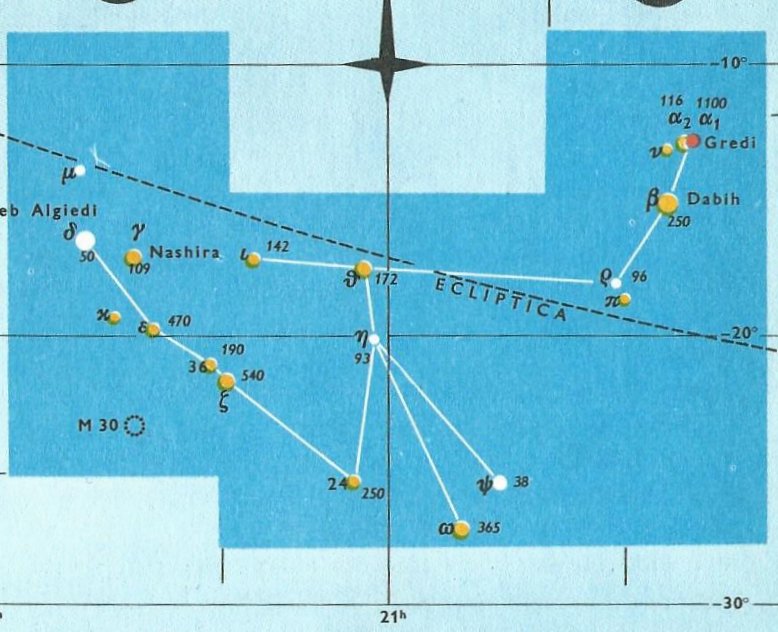We can imagine the belly of Rogo could contain the Sun in transport, so to say.
The father does not disappear, but goes on being fulfilled. This idea might have been expressed by the pair of inseparable men, the old one and the young one. A pair yet the same. A little dot in front in Ga8-25 marks its importance. 4 * 93 = 372 = 12 * 31. ... Nut, whom the Greeks sometimes identified with Rhea, was goddess of the sky, but it was debatable if in historical times she was the object of a genuine cult. She was Geb's twin sister and, it was said, married him secretly and against the will of Ra. Angered, Ra had the couple brutally separated by Shu and afterwards decreed that Nut could not bear a child in any given month of any year. Thoth, Plutarch tells us, happily had pity on her. Playing draughts with the Moon, he won in the course of several games a seventy-second part of the Moon's light with which he composed five new days. As these five intercalated days did not belong to the official Egyptian calendar of three hundred and sixty days, Nut was thus able to give birth successively to five children: Osiris, Haroeris (Horus), Set, Isis and Nepthys ... The tripod (3 feet) cooking places (Athāfiyy)
could have corresponded to Set (as in the Setting Sun), and presumably we ought to count not from the Gregorian spring equinox but from the Julian equinox 4 days later, in which case the first glyph on side b on the G tablet would correspond to day 290 (= 230 + 60). ... In myth the idea of cooking implies the proper conjunction between a man and a woman (i.e., a change from a raw and untamed state of existence):
... When it was evident that the years lay ready to burst into life, everyone took hold of them, so that once more would start forth - once again - another (period of) fifty-two years. Then (the two cycles) might proceed to reach one hundred and four years. It was called 'One Age' when twice they had made the round, when twice the times of binding the years had come together. Behold what was done when the years were bound - when was reached the time when they were to draw the new fire, when now its count was accomplished. First they put out fires everywhere in the country round. And the statues, hewn in either wood or stone, kept in each man's home and regarded as gods, were all cast into the water. Also (were) these (cast away) - the pestles and the (three) hearth stones (upon which the cooking pots rested); and everywhere there was much sweeping - there was sweeping very clear. Rubbish was thrown out; none lay in any of the houses ...
... Al Maisān, the title of γ Geminorum, by some error of Firuzabadi was applied to this star as Meissa, and is now common for it. Al Sufi called it Al Tahāyī; but Al Ferghani and Al Tizini knew it as Rās al Jauzah, the Head of the Jauzah, which it marks. The original Arabic name, Al Hak'ah, a White Spot, was from the added faint light of the smaller φ¹and φ² in the background, and has descended to us as Heka and Hika. These three stars were another of the Athāfiyy [tripods used for cooking] of the Arabs; and everywhere in early astrology were thought, like all similar groups, to be of unfortunate influence in human affairs. They constituted the Euphratean lunar station Mas-tab-ba-tur-tur, the Little Twins, a title also found for γ and η Geminorum; and individually were important stars among the Babylonians, rising to them with the sun at the summer solstice, and, with α and γ, were known as Kakkab Sar, the Constellation of the King ... The last of these tripod stars in Draco was at Gb1-3 and from there to the March equinox there were 73 days:
The Belly of the Sun meant midsummer ('noon'): ... For the Marquesas are given: - daybreak, twilight, dawn ('the day or the red sky, the fleeing night'), broad day - bright day from full morning to about ten o'clock -, noon ('belly of the sun'), afternoon ('back part of the sun'), evening ('fire-fire', the same expression as in Hawaii, i.e. the time to light the fires on the mountains or the kitchen fire for supper) ...
|
||||||||||||||||||||||||||||||||||||||||||||||||||||||||||||||||||||||||||||||||||||||||||||||||||||||||||||||||||||||||||||||||||||||||||||||||||||||||||||||||||||||||||||||






.jpg)
.jpg)


.jpg)
